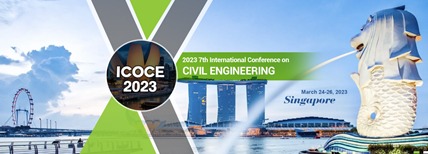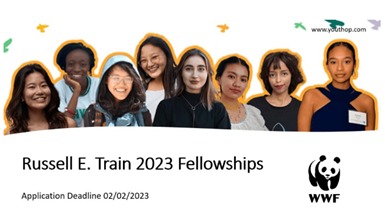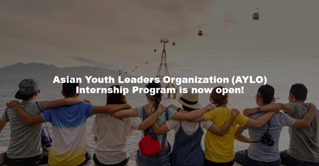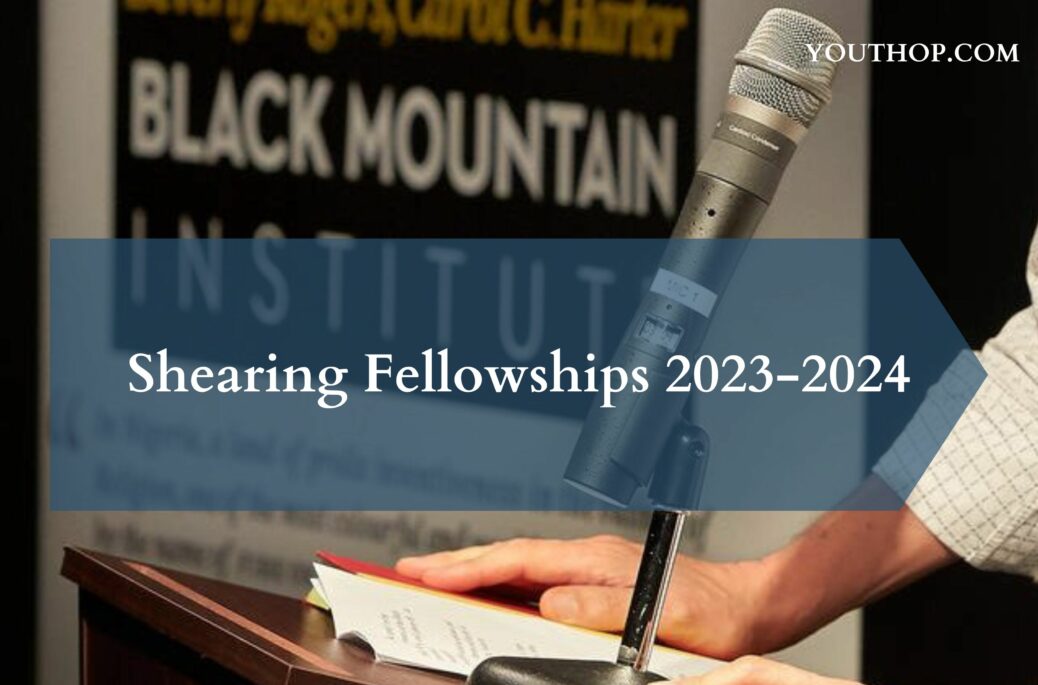
7 Mistakes Civil Engineers Make When Designing a Structure
February 07, 2018
If you’re reading this article, then you are either a civil engineer with some years of experience under your belt or you are a student following a civil engineering degree program.
You already know that as a civil engineer, our duty is to improve, protect the environment and community we live in. A large part of our job is to design, plan and oversee the construction of structures that improve the living standard of our community.
This blog post will cover some of the most common mistakes that I’ve seen budding engineers and even experienced engineers make during my professional experience in Europe, Africa and South East Asia.
1. Building a structure for the sake of building something
Engineers are challenged to build structures all the way from skyscrapers to simple household devices such as a washing machine. Engineers, have in many ways, helped build the modern world and improve the lives of many.
But the one question that engineers often forget is: “Will the structure I build fulfill the needs of a community?”
Say, you want to build a dam. Some
questions to consider are:
What is the purpose of the dam?
Does it have to be a dam?
And most important of all, Does the community need a dam?
Before building any kind of structure, engineers must realize that the true purpose of building a structure is to improve the quality of living for a community.
As civil engineer professionals, we are problem solvers. We shouldn’t just build for the sake of building something. We need to take a few steps back and ask ourselves “how will this structure improve the lives of the community?” and “What problems am I solving by building this structure?” Once you have the answers to these fundamental questions, you are on your way to solving problems and discovering whether the structure is the real answer to solving the problems.
2. To build a structure as cheap as possible
Just like a business, civil engineers have clients and have to work within budgets. Reducing costs where you can and working within the given budget can sometimes seem like common tasks as a civil engineer. The danger with this is that it will often result in compromising the quality of the final product, therefore, compromising its safety.
Investing in durable quality materials may be costly, but helps eliminate hazards in the long term. Focusing on a lifetime approach and how it can stand the test of time is key here and is the job of the civil engineer to convince clients of the right budget. Another common mistake I have seen is that budgets often do not include future maintenance costs as part of their budget plan. This should be factored into the decision of what structure to build. This leads me to my next section.
3. People don’t consider the maintenance after construction
The term ‘if it’s not broken, don’t fix it’ still applies to many agencies. These agencies have proven to focus mainly on the construction of infrastructure without considering the need to sustain it. Until recently, much of the infrastructure development did not consider maintenance. Consequently, the quality of service drops because of aging, and in some cases the result can even be sudden failure and loss of life. Performance of an infrastructure is considered good if it performs as designed and provides an acceptable level of service over its intended life.
This video below by Last Week Tonight’s host, John Oliver, though as sarcastic as it may be, seems to hold a little truth to it:
4. Thinking in solutions is another mistake
I know right? This seems like a strange thing to say. It seems almost contradictory. But often, design is based on weak problem analysis, if any at all. Let me give an example of flooding in a city, the obvious solution would be to build digging canals or a water pump. But, will canals and a water pump really overcome the flooding?
Rather than thinking of the solution, we should first create an in-depth problem analysis. This consists of a systematic way of conceptual thinking. The systematic problem analysis is looking at how to solve the real problem by asking questions related to what, why, when, how, where and who. Once you’ve answered these questions, only then can you deduce whether building a canal is the best solution for the problem.
5. Not creating alternatives to solve your problem
Look at your problems in different ways. Brainstorming to collect as many ideas as possible will help in finding the best solution to overcome a problem. Once you have a list of alternatives, you have to consider all criteria before selecting the best alternative. It is important to avoid personal biases and preferences in identifying and evaluating alternative solutions.
6. Inconsistent decision making
Engineers are decision makers, it’s what distinguishes them from scientists. The decisions that engineers make are often of very high consequence, to the engineer themselves, their employer and most important of all, society.
When making a decision, engineers are often influenced by politicians, donors and clients. Imagine this for a second, you are halfway building a bridge, suddenly, your client says they need to cut the budget and suggests you to use cheaper materials instead.
What do you do?
Do you carry on building, with the risk that the building will fail?
Or do you refuse to continue and find a better solution?
Think of the big picture: Do you want to be remembered as the engineer who built the strong and sturdy bridge? Or the engineer who built the bridge that collapsed? Keep in mind, the decisions that engineers make will directly impact the society at large and also how you will be remembered.
Engineers should consider all aspects from all stakeholders when it comes to making a decision, but we also have to have a consistent standpoint and not be easily “bribed” to fulfill erroneous needs.
See the video below of a case study regarding engineers at work:
What do you think? Is it ethical or not?
7. Lack of creative thinking
Creativity is often a quality that most engineers struggle with. The concept of engineering itself has existed since the ancient era of the pyramids in Egypt, and has continued producing numerous inventions and innovation throughout time.
For this reason, many engineers are stuck on duplicating existing blueprints. Creative thinking doesn’t necessarily mean an entirely new invention or breakthrough, but what if engineers can improve previous models to better suit our current needs instead?
Sustainable structures, for example. Climate change has quite taken its toll on us for the past few years. Civil engineers can start contributing to make structures more environment friendly by applying environmentally responsible and resource-efficient processes throughout a structure’s life cycle: from planning, to design, construction, operation, maintenance, renovation, and demolition.
So there you have it, these are some of the common mistakes that I’ve seen throughout my career. Have you come across some other mistakes and Faux Pas? Leave us a comment below.
About the Author:
Jan T. L. Yap is the Network Manager of the Collaboration Knowledge Network Indonesia, or best known as CKNet.
With over 40 years of experience in the professional world of civil engineering, he has worked in TU Delft University, UNESCO-IHE Institute for Water Education, Royal Haskoning, and World Bank. He has fulfilled key roles on a range of projects as team leader, co-team leader and advisor in the Netherlands, Australia, Pakistan, Bangladesh, China and Indonesia.
Jan is now an Individual Consultant based in Jakarta, Indonesia for various Water Resources and Flood Management projects. The assignments he receives are from the World Bank, Netherlands Water Partnership, Royal Netherlands Embassy.


















